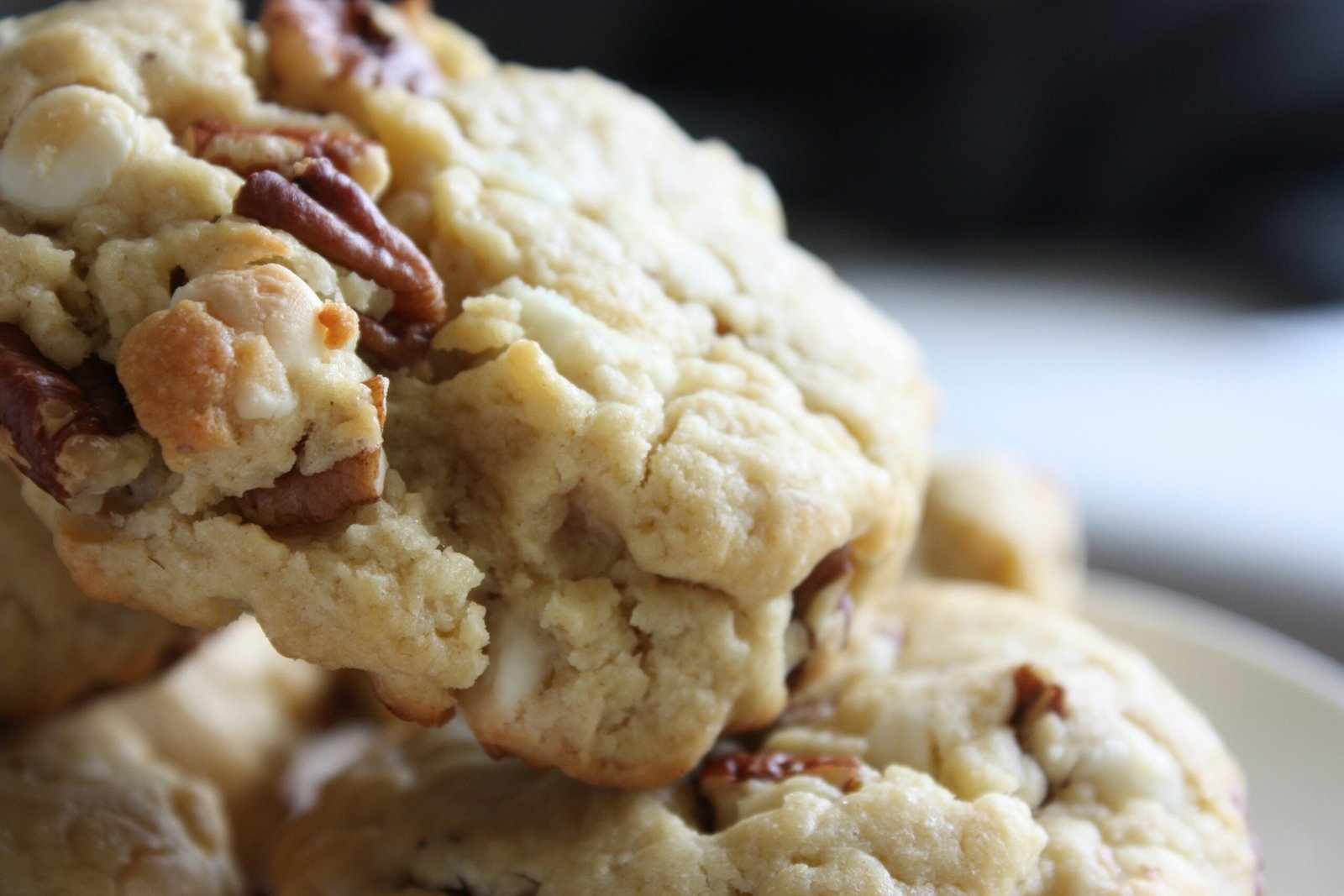Understanding Gout
Gout is a form of arthritis that typically affects the joints in the big toe, although it can also occur in other joints such as the ankles, knees, wrists, and elbows. It is caused by a buildup of uric acid in the blood, leading to the formation of sharp crystals in the joints, resulting in intense pain, swelling, and redness. If you are experiencing these symptoms, it's important to seek immediate relief to alleviate the discomfort.

Immediate Relief Options
When dealing with a gout flare-up, the goal is to reduce pain and inflammation as quickly as possible. There are several methods you can try to achieve immediate relief from gout symptoms. Each person may respond differently to these methods, so it may be a matter of trial and error to find what works best for you.
Over-the-counter Pain Relievers
Over-the-counter (OTC) pain relievers such as nonsteroidal anti-inflammatory drugs (NSAIDs) like ibuprofen or naproxen can help reduce pain and inflammation associated with gout. These medications work by blocking the enzymes that cause inflammation in the body. However, it is important to follow the recommended dosage instructions and consult with a healthcare professional before taking any medication to ensure it is safe for you.
Applying Ice Packs
Applying ice packs to the affected joint can help reduce swelling and numb the area, providing temporary relief from gout symptoms. Wrap a cold pack or a bag of frozen peas in a thin towel and apply it to the joint for about 15-20 minutes at a time. Be sure to take breaks between icing sessions to prevent frostbite or skin damage.
Elevating the Affected Joint
Elevating the affected joint above heart level can help reduce swelling and improve circulation, which can in turn alleviate pain and discomfort. Prop up your foot or arm with pillows while lying down or sitting to help promote drainage of excess fluids from the joint.
Drinking Plenty of Water
Staying hydrated is important when dealing with gout, as it can help flush out excess uric acid from the body. Drinking plenty of water throughout the day can help prevent uric acid crystals from forming in the joints and may help reduce the frequency and severity of gout attacks.
Avoiding Trigger Foods
Certain foods and beverages can trigger gout flare-ups by increasing uric acid levels in the body. Limiting or avoiding foods high in purines, such as red meat, organ meats, seafood, and alcohol, can help reduce the risk of gout attacks. Opt for a diet rich in fruits, vegetables, whole grains, and low-fat dairy products to help manage gout symptoms.
Rest and Relaxation
Resting the affected joint and avoiding activities that exacerbate pain can help provide relief from gout symptoms. Give yourself permission to take a break and allow your body to recover during a flare-up. Gentle stretching or range-of-motion exercises may also help improve mobility and reduce stiffness in the affected joint.
Compression Therapy
Using compression bandages or sleeves on the affected joint can help reduce swelling and provide support during a gout flare-up. Be sure to wrap the joint snugly but not too tightly to avoid cutting off circulation. Compression therapy can help improve comfort and mobility in the affected area.

Long-Term Management Strategies
In addition to addressing acute gout symptoms, it is important to implement long-term management strategies to prevent future flare-ups and reduce the overall impact of gout on your health.
Medications for Gout Prevention
For individuals with recurrent gout attacks, medications such as allopurinol or febuxostat may be prescribed to lower uric acid levels in the blood and prevent the formation of uric acid crystals in the joints. These medications are typically taken daily and are effective in reducing the frequency and severity of gout attacks when taken as directed.
Dietary Modifications
Adopting a gout-friendly diet can help manage uric acid levels in the body and reduce the risk of gout flare-ups. Limiting purine-rich foods, alcohol, and sugary beverages while increasing intake of fruits, vegetables, whole grains, and lean protein can help prevent future gout attacks. Consult with a healthcare professional or registered dietitian for personalized dietary recommendations.
Weight Management
Maintaining a healthy weight through regular physical activity and a balanced diet can help reduce the risk of gout and its associated complications. Excess weight can contribute to higher uric acid levels in the body, increasing the likelihood of gout flare-ups. Aim to achieve and maintain a healthy weight to help manage gout symptoms long-term.
Regular Exercise
Engaging in regular physical activity can help improve joint function, flexibility, and overall health while reducing the risk of gout flare-ups. Low-impact exercises such as walking, swimming, or yoga can help strengthen muscles, improve circulation, and reduce inflammation in the joints. Consult with a healthcare provider before starting a new exercise routine to ensure it is safe and appropriate for your individual needs.
Stress Management
Stress can trigger gout flare-ups by increasing inflammation in the body and disrupting hormonal balance. Practicing stress-reducing techniques such as deep breathing, meditation, yoga, or mindfulness can help manage stress levels and promote relaxation, which can in turn reduce the frequency and severity of gout attacks. Prioritize self-care and find activities that help you unwind and destress on a regular basis.
Regular Monitoring and Follow-Up
It is important to regularly monitor your gout symptoms and uric acid levels to track your progress and make adjustments to your treatment plan as needed. Schedule regular follow-up appointments with your healthcare provider to discuss any changes in your condition, medication effectiveness, or dietary modifications. Keep a journal of your symptoms, triggers, and treatment outcomes to help identify patterns and optimize your gout management plan.

When to Seek Medical Attention
While certain home remedies and lifestyle modifications can help manage gout symptoms, there are instances when medical attention is necessary to address severe pain, inflammation, or complications associated with gout. If you experience any of the following symptoms, seek immediate medical attention:
- Sudden and severe joint pain that is unrelieved by home remedies or over-the-counter medications
- Joint swelling, redness, and warmth that persists or worsens over time
- Fever, chills, or signs of infection in the affected joint
- Limited range of motion, stiffness, or difficulty bearing weight on the affected joint
- Signs of kidney or urinary problems, such as blood in the urine or changes in urination patterns
Do not ignore persistent or worsening gout symptoms, as they may indicate a more serious underlying condition that requires prompt medical evaluation and intervention. Your healthcare provider can perform a thorough evaluation, recommend appropriate treatments, and help you manage gout effectively to improve your quality of life.
In conclusion, gout can be a painful and debilitating condition that requires immediate relief and long-term management strategies to prevent future flare-ups and reduce the impact on your health. By incorporating a combination of over-the-counter pain relievers, ice packs, elevation, hydration, dietary modifications, rest, and compression therapy, you can effectively manage acute gout symptoms and improve your overall well-being. Additionally, implementing long-term strategies such as medication management, dietary modifications, weight management, regular exercise, stress management, and regular monitoring can help reduce the frequency and severity of gout attacks over time. Remember to consult with a healthcare professional for personalized advice and guidance on how to best manage your gout and achieve optimal health outcomes.